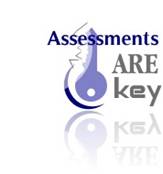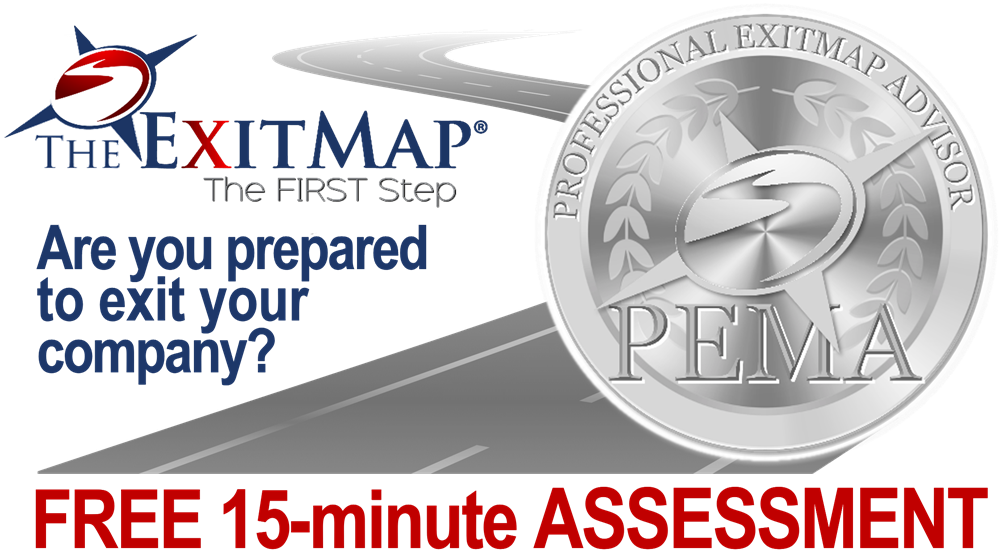Effective leadership is not a one-size-fits-all approach. CEOs who succeed in today’s dynamic business environment do so by leveraging a leadership style that aligns with their values, personality, and business objectives. But how can CEOs identify their leadership style? This article will provide practical steps to help CEOs understand and refine their unique approach to leadership.
-
- Understand the Types of Leadership Styles
Before you can identify your style, you need to know what’s out there. There are various leadership styles, each with unique advantages and challenges. Common styles include:
-
-
- Democratic Leadership: Involves group decision-making, where the leader guides but gives equal voice to all team members.
- Autocratic Leadership: The leader retains full control and makes decisions independently.
- Transformational Leadership: Focuses on driving change and pushing employees to exceed their limits.
- Transactional Leadership: Focuses on clear structure and rewards based on performance.
-
By studying these styles, you can determine which traits resonate with your natural tendencies and which may be less effective for your leadership goals.
-
- Assess Your Personality and Strengths
To find the right leadership style, it’s essential to take stock of your personality and how it influences your decision-making. Utilizing assessment tools like DISC, Myers-Briggs, or TTI Success Insights’ behavioral assessments can be insightful. These tools measure key traits like emotional intelligence, communication preferences, and leadership tendencies. By identifying your strengths and weaknesses, you can see which leadership styles are most compatible with your personality. For instance, a CEO with a high degree of empathy may thrive in a transformational or coaching leadership role, while someone more structured might gravitate toward transactional leadership.
-
- Seek Feedback from Your Team
Getting feedback from colleagues and team members is crucial to understanding how your leadership style is perceived. This can help you bridge any gaps between how you think you’re leading and how you are leading. Create opportunities for open dialogue and consider anonymous feedback systems to get honest insights into your leadership effectiveness. This practice aligns with the idea that leadership credibility is built over time by engaging with your team, listening, and treating them as valued assets.
-
- Experiment with Different Styles
Leadership is fluid. As the business environment changes, so should your approach. It’s not uncommon for CEOs to adopt multiple styles over time. For example, during a crisis, an autocratic style may be necessary to make quick decisions, but during times of growth, a transformational or democratic style could be more effective. Don’t hesitate to experiment and adjust your style based on the context. Leadership development is an ongoing process, and flexibility is key.
-
- Measure the Impact
Once you’ve identified and started to implement your leadership style, measure its impact. You can use metrics such as employee engagement, productivity levels, or business outcomes to gauge how your approach is working. If needed, adjust your style to achieve the desired results.
Ultimately, successful leaders are not defined by rigid adherence to a specific style but by their ability to adapt, communicate, and motivate their teams.
Conclusion
Finding your leadership style as a CEO involves understanding the different approaches, assessing your personality, seeking feedback, experimenting, and continually measuring impact. By developing a style that reflects both your values and the needs of your team, you can guide your organization more effectively and foster long-term success.
Gary Brunson
gary@myclearfocus.com
Debra Rider
debra@myclearfocus.com
574.361.2674
Sustainable Growth & Profit Consultant, Coach, Mentor, and Counselor/Therapist for Business Owners and Professionals.








